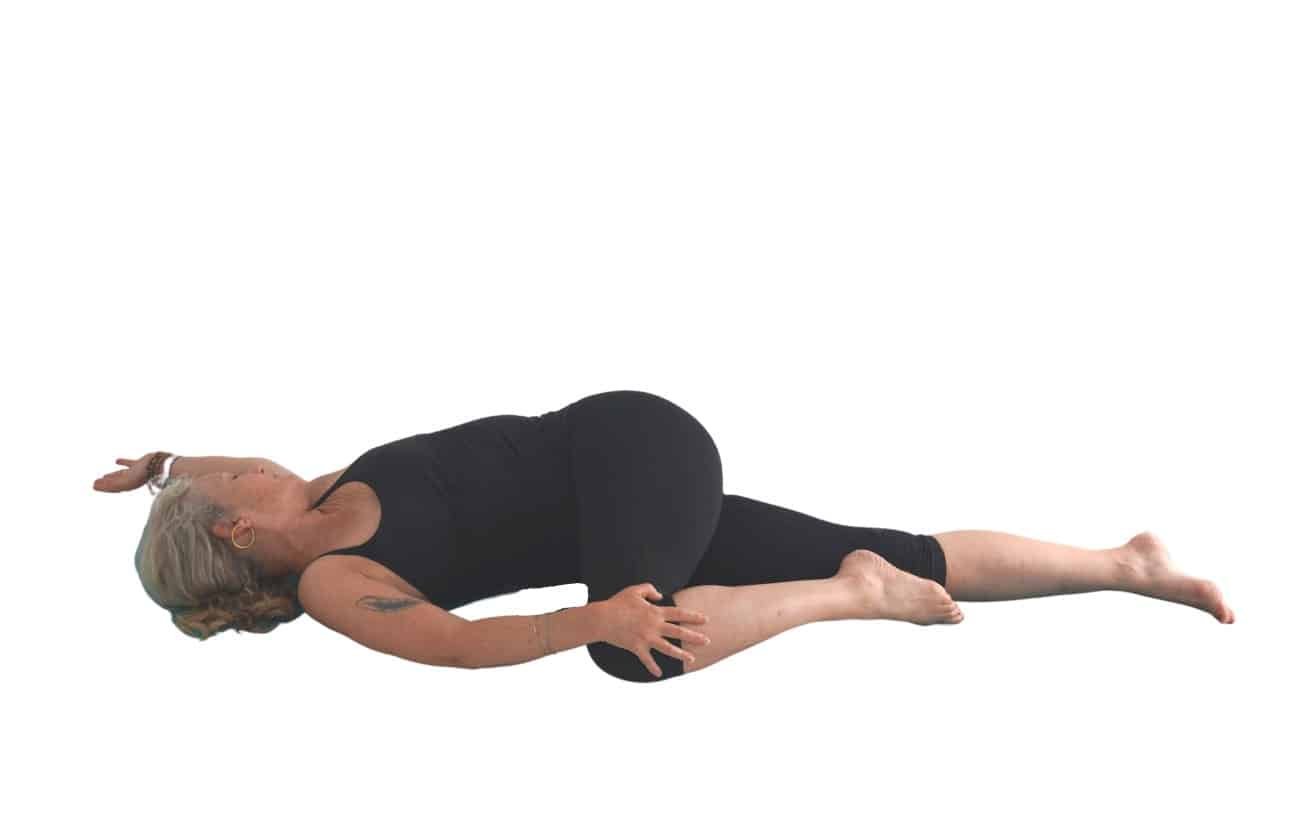Help Relieve Sciatic Pain With These 3 Stretches
Sciatica is something people of all ages and body types can have happen to them…
Sciatica refers to pain, weakness, numbness, or a tingling sensation running down the leg. It is caused by an injury or pressure being applied onto the sciatic nerve. Sciatica is a symptom of a medical problem and is actually not a medical condition on its own. The sciatic nerve travels from the lower back through the hips and glute’s then down each leg. Pain occurs in this area when the sciatic nerve becomes pinched.
Although there isn’t much in regards to a permanent solution that we can do for this, there are certain medications and putting hot/cold packs on the affected area can be helpful.
One of the most beneficial medicines for sciatica is also exercise! There are certain exercises that will strengthen the body and prevent problems like sciatica, but first we must make sure we are moving properly. Stretching the hips and back will help bring the pelvis and spine into proper positioning before we start attempting to strengthen these areas.
Here are 3 stretches to try next time you feel a flare up:
Figure 4 Stretch: can also be done seated (photo 2) if lying on the floor is not available to you.
The sciatic nerve can run, above, below or through the piriformis muscle. When it gets tight and/or irritated, it can press on the sciatic nerve causing sciatic symptoms. The figure 4 stretch is a great way to alleviate your pain as it specifically targets the piriformis and other tiny hip muscles. Ensure shoulders stay relaxed and lower back is flat to the ground/posture stays upright. Can slightly lean forward if doing seated version but avoid rounding the shoulders.
Spinal twist: lying on floor if possible or can also be done seated.
Sciatica pain can also be caused by vertebrae in the spine being compressed. The spinal twist helps create space again in the spine, relieving pressure on the sciatic nerve and reducing compression. Ensure the same arm and leg are twisting from each other, if doing seated version ensure spine is staying tall and you are in a proper pelvic position, seated on “SITZ” bones.
Lying Knee to Chest: if lying on the floor is uncomfortable or unavailable to you I suggest trying this one in bed.
This stretch specifically helps relieve compression in the lumbar spine and SI joint. As you pull the knee to chest keep pressing the lower back towards the floor and engage the core muscles. The SI or Sacroilliac joint connects the hip bones (iliac crests) to the sacrum, the bone between the lumbar spine and the tailbone (coccyx).
Hopefully these help! Some other unmentioned ones that can also help are the cat/cow and child’s pose. Exercise’s like the glute bridge and clamshell are great for beginners when you are ready to try and strengthen these areas :).
Happy exercising!




